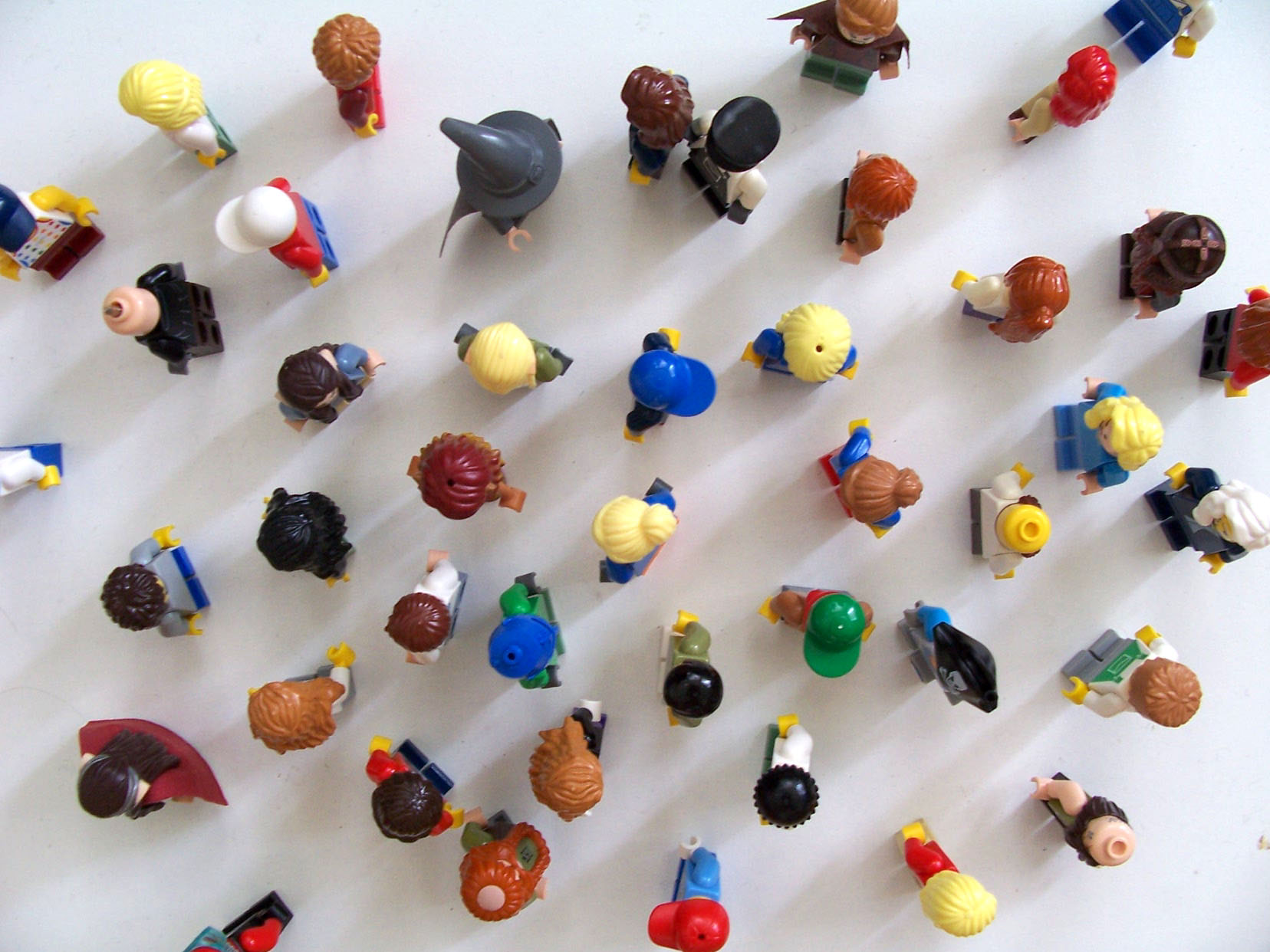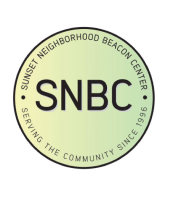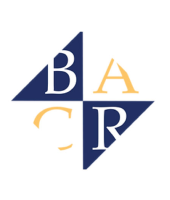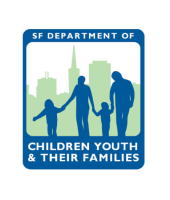Hey everyone! I’ve picked up some lessons through my journey in the LEGO world (which you can learn more about in Part 1 of this series). Even if you aren’t looking into starting a LEGO-building hobby, here are two major things I’ve learned that may help you understand what these little plastic bricks are really about.
There are LEGO fans of all ages. The one thing that continues to amaze me is the vastness of the LEGO community, specifically online. Fans young and old congregate on Flickr or LEGO-specific websites and blogs, like MOCpages and The Brother’s Brick, to discuss pieces and share creations. Over the years, some things have become a staple in the Fans of LEGO (FOL) culture, like abbreviations. It’s hard to avoid using these abbreviations when I talk about LEGOs, since it’s become a language onto itself, similar to texting abbreviations.
Some of my favorite/the most commonly used acronyms are:
TFOL — Teen Fan of LEGO (I use this often to describe myself)
AFOL — Adult Fan of LEGO (Some of the most influential builders in the community are AFOLs)
MOC — My Own Creation
BURP — Big Ugly Rock Piece (used to describe those chunky prefabricated LEGO pieces that are difficult to incorporate into MOCs)
LURP — Little Ugly Rock Piece
SNOT — Studs Not on Top (a popular building technique)
TLG — The LEGO Group (the official LEGO company)
NPU — Nice Part Usage (a compliment used when a builder repurposes a piece in a new, imaginative way. Here’s a short article on NPU. I’ll get into the importance of NPU a little later)
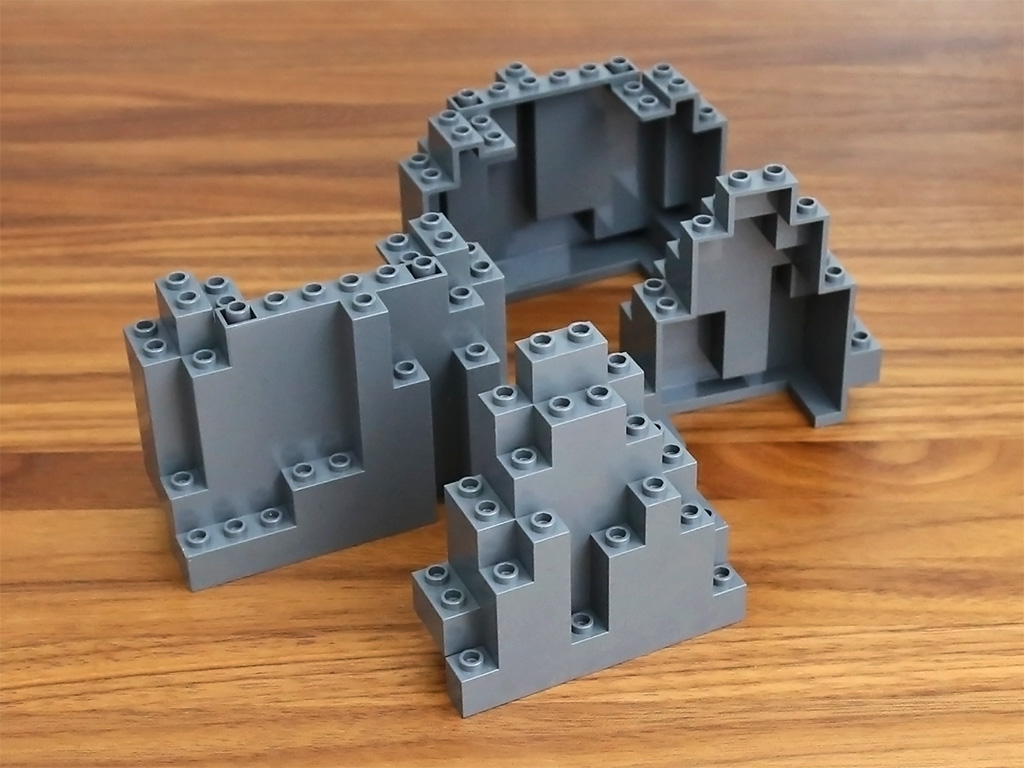
Anything can be made out of LEGOs. Even if your brick collection is small, you can work your way around it. I’ve had people tell me, “That’s going to be pretty hard to build out of LEGOs,” but if they knew about the versatility of LEGOs—and how there hundreds of different LEGO parts—they might think differently.
Repurposing a LEGO element can aid the design of a creation, and the ability to do it well is admired in the community. What I have come to realize is that NPUs may be difficult to appreciate, especially if you are not familiar with the different elements TLG creates.
FOLs have been around since the start of the LEGO company, and fans continue to produce more complex and innovative builds than the professional set designers in Billund, Denmark, the location of the LEGO headquarters. TLG even considers set ideas proposed and designed by fans.
A hobby like LEGO building requires time to understand, with its unique groups of fans and builders that have helped a toy transform into a legitimate form of self-expression. FOLs are the reasons why LEGO has thrived for over 80 years, and I’m proud to be part of that community and be able to share my creations and inspire others. The more involved I get in the LEGO community—from browsing through photos online or attending conventions±—the more I realize that building with LEGOs is something I truly enjoy doing.
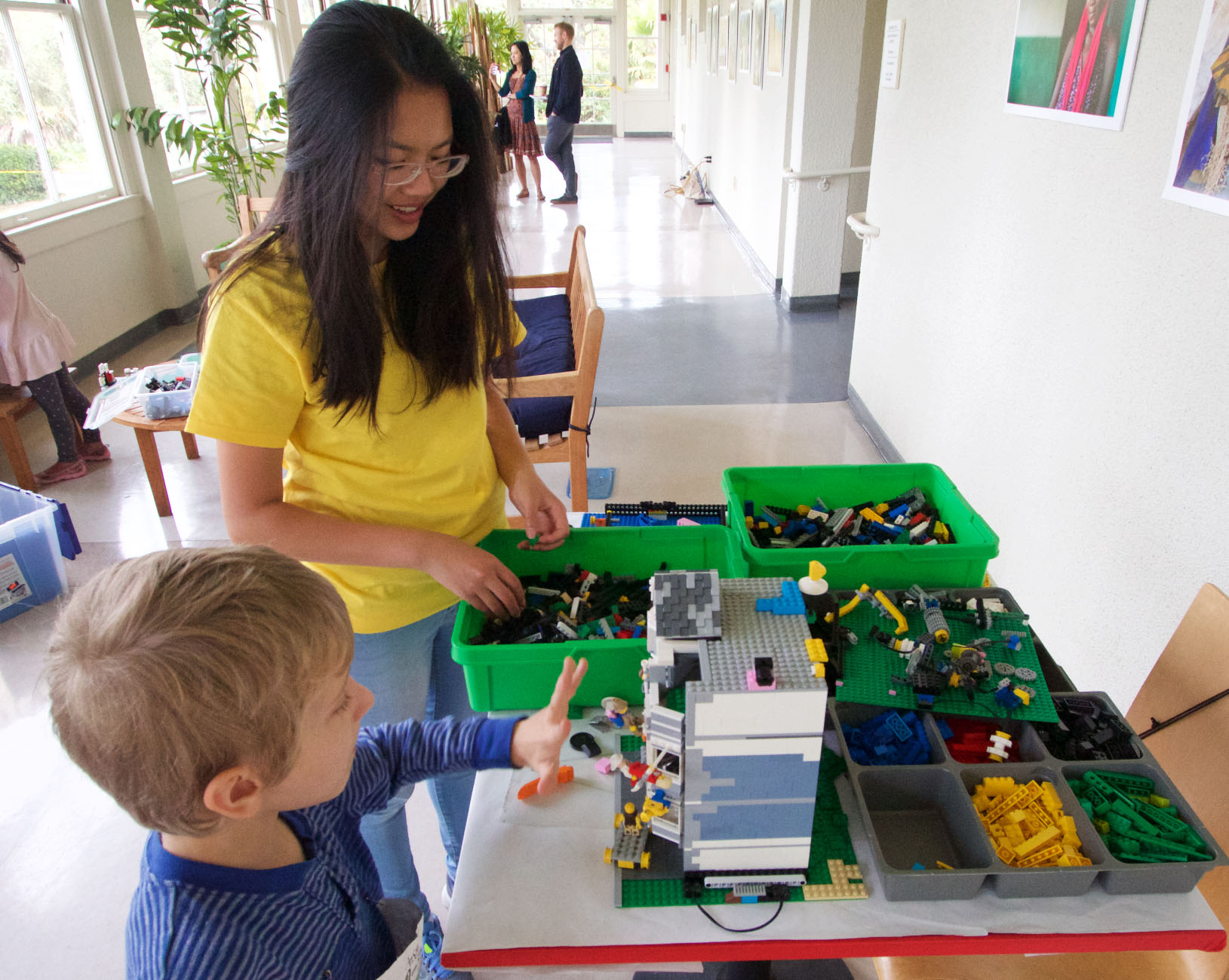
Have a great summer, everyone!

